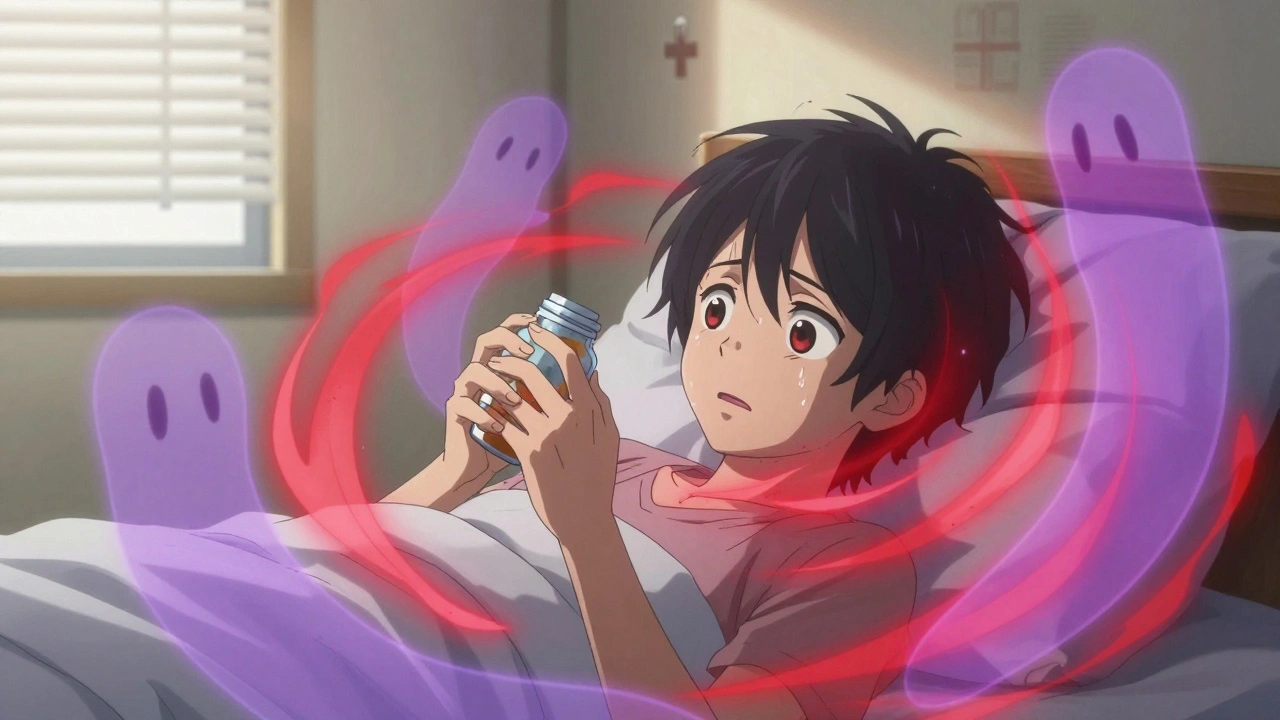Infertility treatment: practical options and what to try first
About one in six couples face infertility — if you’re here, you want clear, practical next steps, not jargon. Infertility usually means you’ve tried for a year (or six months if you’re over 35) without success. Treatments run from simple lifestyle fixes to assisted reproductive tech like IVF. Choose what fits your situation, budget, and timeline.
First, get basic testing. For men: a semen analysis checks sperm count, shape, and movement. For women: blood tests for hormones (FSH, LH, AMH), ovulation tracking, and a uterine/tubal check (HSG). Those tests show whether the issue is ovulation, blocked tubes, or sperm-related — and that determines the next steps.
Common tests and treatments
If tests show irregular ovulation, doctors often start with ovulation-inducing drugs such as clomiphene or letrozole. These pills are taken early in the cycle to help eggs develop. If pills don’t work, injectable gonadotropins stimulate the ovaries but need closer monitoring because they increase the chance of multiples. For male-factor problems, options range from lifestyle changes and medications to sperm retrieval used with IUI or IVF.
IUI (intrauterine insemination) places washed sperm directly into the uterus around ovulation — it’s lower cost and less invasive than IVF. IVF (in vitro fertilization) involves stimulating the ovaries, retrieving eggs, fertilizing them in the lab, and transferring embryos. IVF gives the highest per-cycle success but is more costly and more invasive. Success rates fall with age: many clinics report the best outcomes under 35 and lower rates after 38.
Practical tips & questions to ask
Small changes can help: stop smoking, aim for a healthy BMI, cut excess alcohol, manage chronic conditions like diabetes, and track ovulation with kits or apps. Time sex for fertile days — typically the five days before ovulation and the day of ovulation. Reducing stress helps you cope, even if it doesn’t directly change fertility.
When you visit a clinic, bring a calendar of attempts and any prior test results. Ask: What tests do you recommend next? What are our realistic chances with these treatments? What are costs and refund policies? How often will you monitor gonadotropin cycles? What are the risks of multiples and side effects? A good clinic gives clear numbers, not promises.
Costs and options: fertility treatment costs vary widely — from low-cost meds and IUI (often a few hundred to a few thousand dollars) to IVF that can cost several thousand to tens of thousands per cycle depending on location and extras like genetic testing. Check local insurance or public funding; some regions offer partial coverage. Talk openly about donor sperm/eggs, embryo donation, or surrogacy if needed — clinics can explain legal and emotional considerations. If you’ve had multiple failed cycles or known issues (like blocked tubes or severe male factor), discuss moving sooner to IVF or donor options.
Finally, consider support: counseling, local support groups, or online forums help with emotional ups and downs and decision-making. If you want, I can send a simple checklist of tests to request, a list of questions to take to your clinic, or tips on finding local funding and support groups.
Fertigyn HP: Human Chorionic Gonadotropin (hCG) Uses, Benefits & Real-World Tips
Learn everything about Fertigyn HP, its uses in fertility treatments, hCG benefits, side effects, tips for safe use, and real-life insights into this essential medication.






